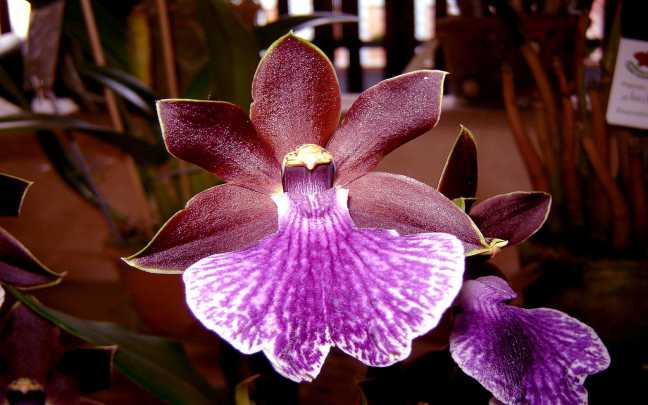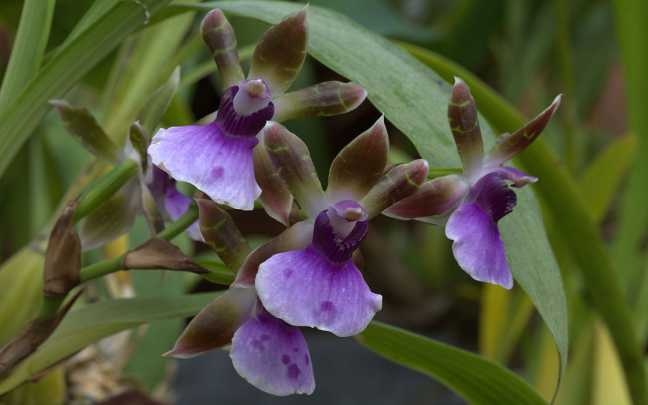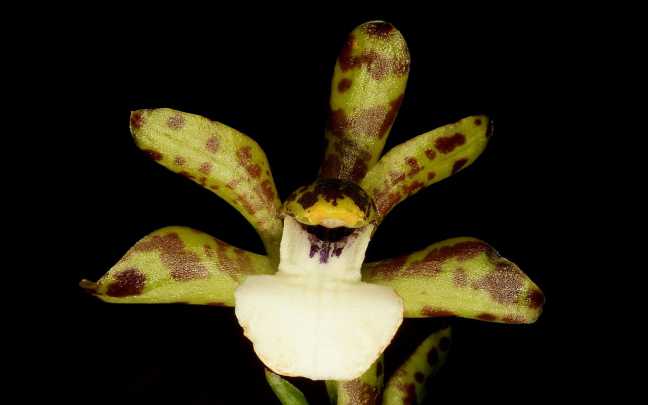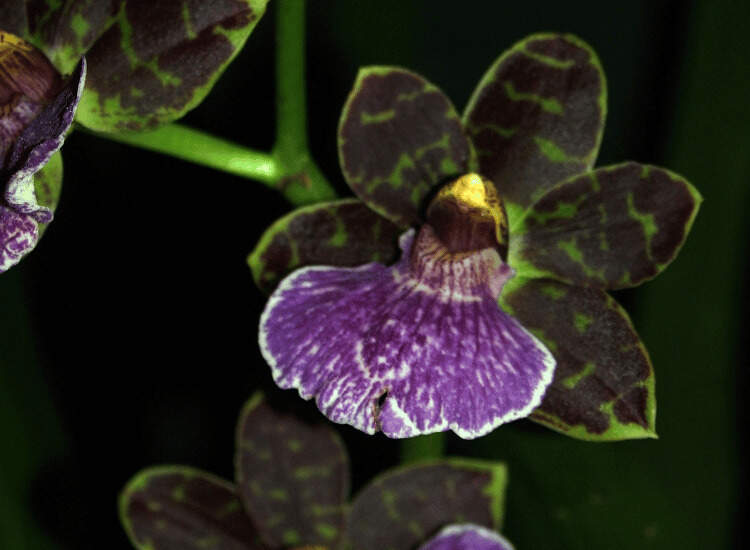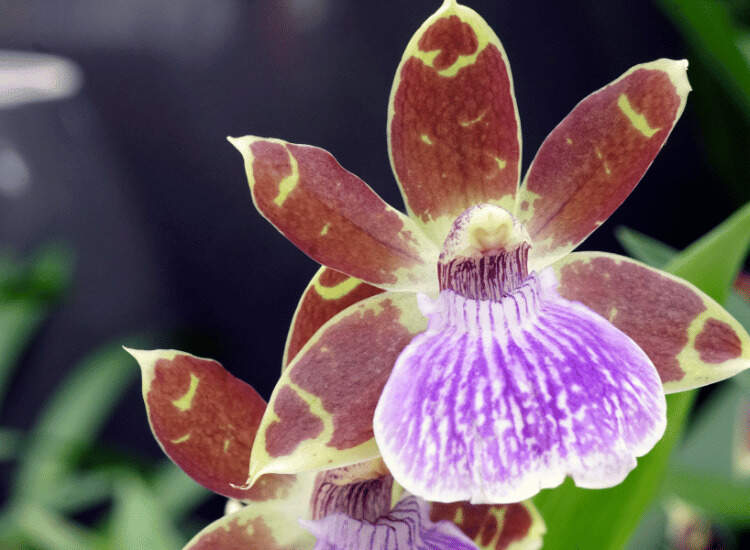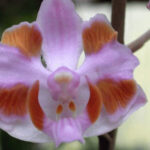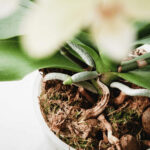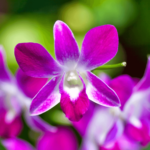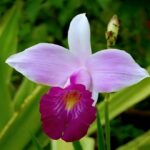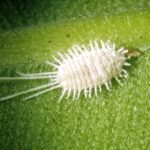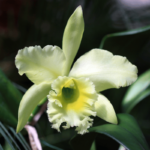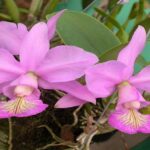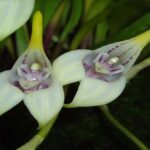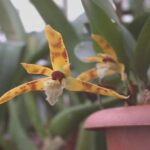Zygopetalum orchids are a genus of the orchid family Orchidaceae.
They were discovered in 1827 by the botanist William Jackson Hooker and were collected and sent to Europe.
This species of orchids can be epiphytic, lithophytic, or terrestrial.
They are all native to South America, mainly from Brazil and northeastern Argentina.
But they are also found in other countries such as:
- Bolivia
- Peru
- Paraguay
If you want to learn how to cultivate these orchids and what their main characteristics are, keep reading.
Learn How to Achieve Super Blooms on Your Orchids
🛑 If you love orchids and you're tired of not being able to make them bloom...
Then, know that thousands of beginner growers are achieving beautiful flowers on their orchids by following this method.
Click the button below to have beautiful orchids with show-worthy flowers every year. ⤵
How to Cultivate Zygopetalum Orchids
Zygopetalum orchids are considered not easy to cultivate.
In fact, many orchid enthusiasts consider them to be between medium and difficult when it comes to plant cultivation.
This is due to their high humidity requirement.
Therefore, I have prepared 6 great tips for you to successfully cultivate them.
Keep reading this article and learn how to have beautiful zygopetalum orchids.
1 – Temperature
Let’s start by talking about the main factor for good flowering, temperature.
The ideal temperature for zygopetalum orchids is between 10°C and 30°C (50°F to 86°F).
Try to provide your orchid with a temperature of 21 to 27°C (70°F to 80°F) during the day and around 14°C (57°F) at night.
2 – Lighting
Normally in their natural habitat, these orchids receive moderate shading of 60 to 70%.
But for you to have a better idea of how your orchid reacts to the amount of light it is receiving, observe its leaves.
Basically, orchids give signals in their leaves showing whether they are receiving the ideal lighting or not.
- Good lighting: its leaves will have an ideal green hue.
- Excessive light: burnt or yellowed leaves.
- Insufficient light: the leaves will be darker green.
3 – Humidity
Zygopetalum is an orchid that does not like very high humidity.
So be careful, as very high humidity can bring diseases to your orchid.
Regarding the ideal humidity for zygopetalum, it should be between 40% and 60%.
But I recommend that you learn to observe the tips of your orchids’ roots.
This way, you will be able to discover the correct humidity.
To do this, check out this article.
4 – Watering
Zygopetalum orchids prefer moderate watering.
They need a bit more water than cattleyas.
During watering, be careful not to allow water to accumulate on your orchid’s leaves.
If possible, only wet the soil and the roots.
This way, you will ensure better utilization of watering by your orchid.
This is because roots are responsible for most of the resource uptake of orchids.
During the dormant phase that occurs shortly before flowering, gradually reduce the amount of water you provide to your orchid.
To ensure proper watering, check the soil.
- Place your finger in the middle of the soil,
- See if it is moist,
- If yes, wait another day and check again, but if it is dry, it’s time to water.
NOTE: Do not let water accumulate at the bottom of the pot, as this can kill your orchid.
5 – Repotting
Repotting zygopetalums should be done after the flowering period.
At this time, your orchid is likely to be producing shoots and probably offshoots, allowing multiplication.
On average, repotting is done every 2 years because the soil is old.
To repot your orchid, follow the steps below:
- Remove the orchid from the pot,
- Clean it, removing all the soil,
- Cut off dead roots,
- Place it in the new pot with new soil.
And if you divide this orchid into offshoots, make sure each offshoot has 3 pseudobulbs.
6 – Soil
The soil is very important for most orchids; few species do not need it.
It is often used for specific reasons, such as fixing the orchid in the pot and ensuring good drainage.
For zygopetalum orchids, the soil must guarantee good aeration of the roots. Therefore, the recommended soil mixtures are:
- Medium pine bark (2 to 3 cm)
- Coconut fiber
- Charcoal
- Moss
- Gravel
Do You Want to Learn How To Keep Your Orchids Healthy And Ready to Bloom Every Year?
So, I prepared a complete guide, step by step and illustrated, that will show you:
• The secrets to getting beautiful flowers every year
• How to fight and identify pests and diseases on your orchids
• THE MAGIC SUBSTANCE for orchids and how to use it
• And much, much more.
The great news is that the manual is now available at a super discount!!
But beware, it's only for the first buyers.
Click on MORE INFORMATION below and discover the secrets to show-worthy flowers. 👇
Characteristics
Currently, 14 species of the genus Zygopetalum are recognized, but there are also various hybrids.
Zygopetalums are well known for their high fertility.
Therefore, they are widely used in hybrid production with various species.
Another characteristic of these plants is that they have a very short resting period.
Unlike other orchids, this period does not occur after flowering.
This is why many people believe that they are always in a growth phase.
So don’t be surprised if during the flowering of your orchid, new leaves and pseudobulbs also appear.
Also, see:
As for their height, zygopetalums can grow up to 60 cm (24 inches), meaning they are not very large orchids, so you won’t need a lot of space in your house to grow them.
Zygopetalum Orchid Flowers
This is one of the biggest attractions of this orchid; its flowers are very beautiful, generating great interest among cultivators.
They usually produce multiple flowers, which, if well cultivated, last about 50 to 60 days.
As for colors, they can also vary greatly; normally, species have purplish flowers, but you can also find flowers in the following colors:
- Red
- Green
- Yellow
Main Species
Below are some of the main zygopetalum species and their characteristics:
- Zygopetalum crinitum: native to the Atlantic forest state, it is an epiphytic plant that likes more humid nights and lower temperatures. It lives in forests at an altitude between 600 and 1200 meters (1969 and 3937 feet).
- Zygopetalum maculatum: an orchid that can be found in Latin American countries. It usually stays in flat, high, and very humid areas. It is an orchid that can grow up to 40 cm (16 inches) in height. It produces an average of 8 to 12 fragrant flowers.
- Zygopetalum triste: unfortunately, I could not find the true name of this orchid. Zygopetalum triste is native to Minas Gerais and lives at altitudes between 900 and 1400 meters (2953 and 4593 feet). Its flowering occurs between winter and spring.
- Zygopetalum maxillare: This is an epiphytic orchid discovered in 1932. Like the others on this list, it is a Brazilian orchid. Its cultivation is a bit complicated, but if you succeed, you will see its flowering during the summer, with up to 7 flowers, which can last from 14 to 21 days and usually measure 5 cm (2 inches) each.
Conclusion
Zygopetalum orchids are truly incredible plants that, if cultivated correctly, will reward you with beautiful flowers.
So now it’s up to you; follow the tips provided in this article, and after that, please comment below, letting us know the results you achieved.
And also help us by sharing this article on your social networks.


